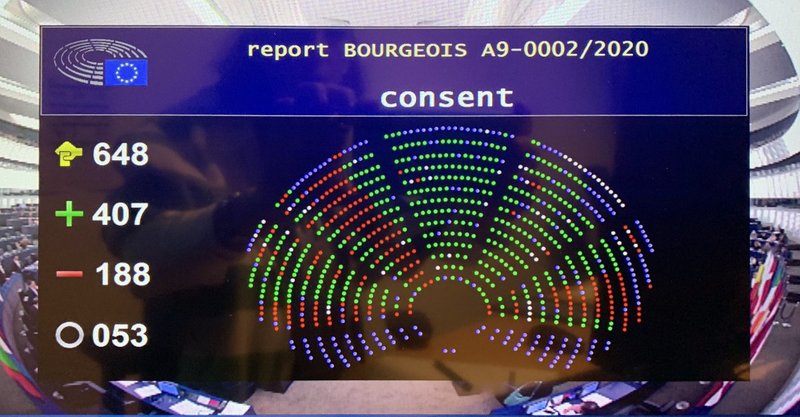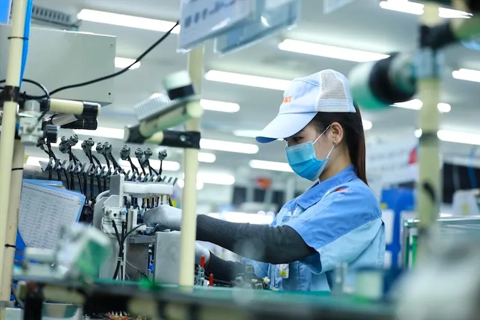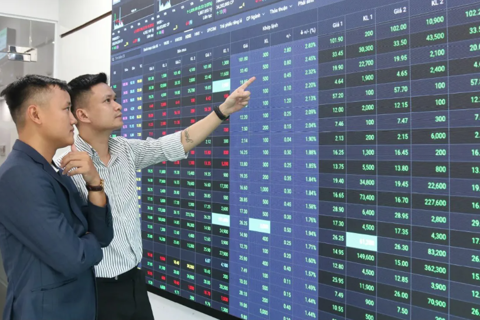European Parliament ratifies Vienam – EU trade deal
The EU – Vietnam Free Trade Agreement (EVFTA) has an endorsement of 401 out of 633 members of the European Parliament.
The European Parliament (EP) has officially ratified the EU–Vietnam Free Trade Agreement (EVFTA) and the EU–Vietnam Investment Protection Agreement (EVIPA) in a voting today with an endorsement of 401 out of 633 members of the EP, according to the EP’s Committee on International Trade (INTA).
| The outcome of the voting. Source: INTA. |
The agreement, finalized after six years of negotiations, has been dubbed the “most modern and ambitious agreement ever concluded between the EU and a developing country”, according to the European Commission.
It includes not only the almost full elimination of bilateral tariffs, but also a substantial reduction of non-tariff barriers. Moreover, it includes provisions to protect intellectual property, labor, environmental standards, and fair competition, while promoting regulatory coherence.
In a meeting with Vice Minister of Foreign Affairs Bui Thanh Son on February 11, EP’s President David Sassoli said he considers Vietnam its major partner in the Asia – Pacific region, expecting the country to support greater cooperation between the bloc and ASEAN members.
Sassoli expected once becoming effective, the two deals would bring substantial benefits for enterprises and the people from both sides.
Vice Minister Bui Thanh Son said Vietnam prioritizes its relations with EU and looks forward for further improvements in bilateral comprehensive partnership.
Son added the National Assembly of Vietnam is scheduled to approve these agreement in the coming time.
Both the EVFTA and EVIPA were signed on June 30, 2019 in Hanoi, for which the former is a comprehensive, high-standard free trade agreement covering the fields of economy, trade, investment and issues of sustainable development.
A study from Vietnam’s Ministry of Planning and Investment suggested the EVFTA and EVIPA would help Vietnam’s GDP grow an additional 4.6% and boost the country’s exports to the EU by 42.7% by 2025.
Meanwhile, the European Commission estimated the bloc’s GDP would be increased by US$29.5 billion by 2035, along with additional growth of 29% in exports to Vietnam.












